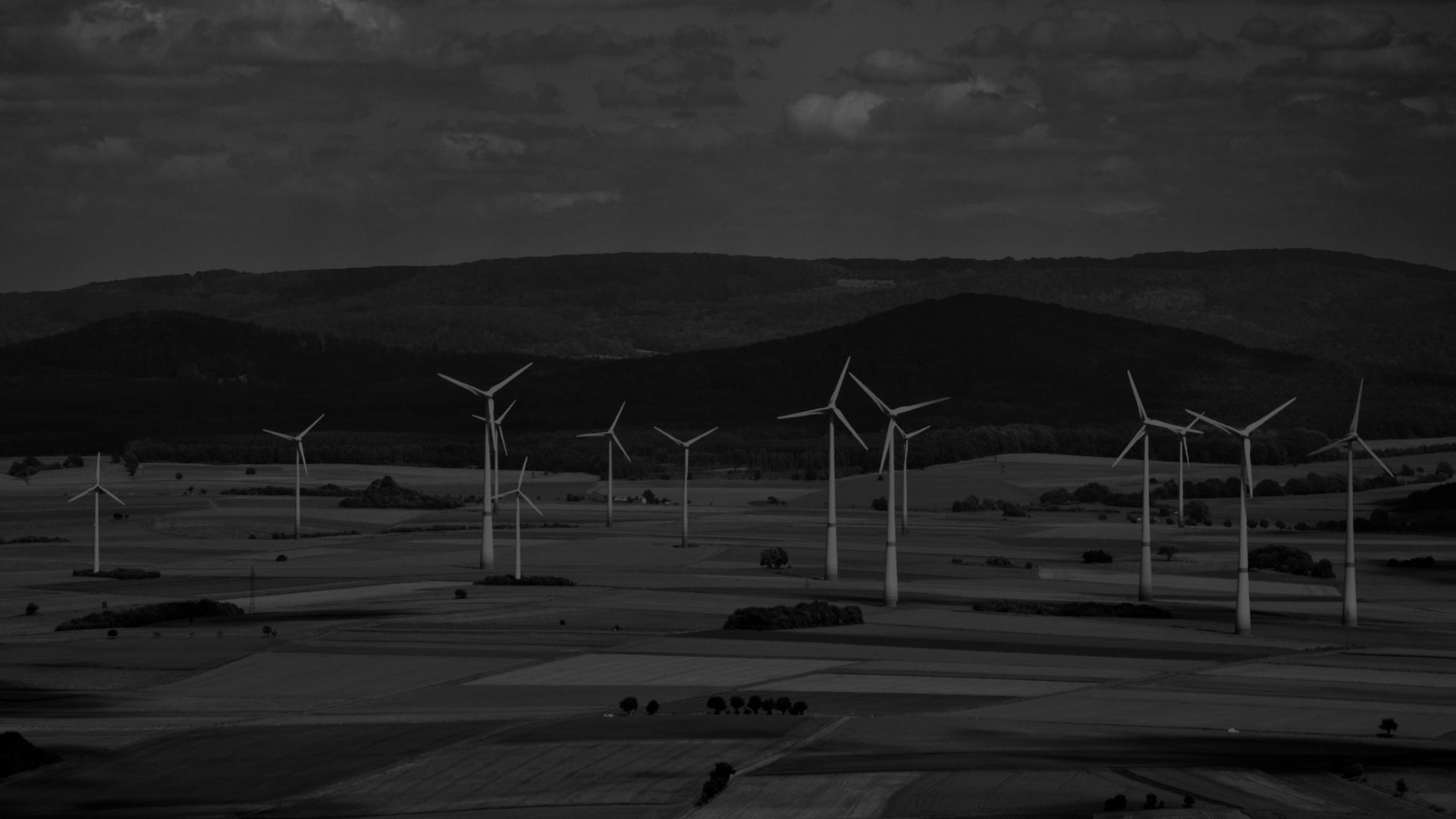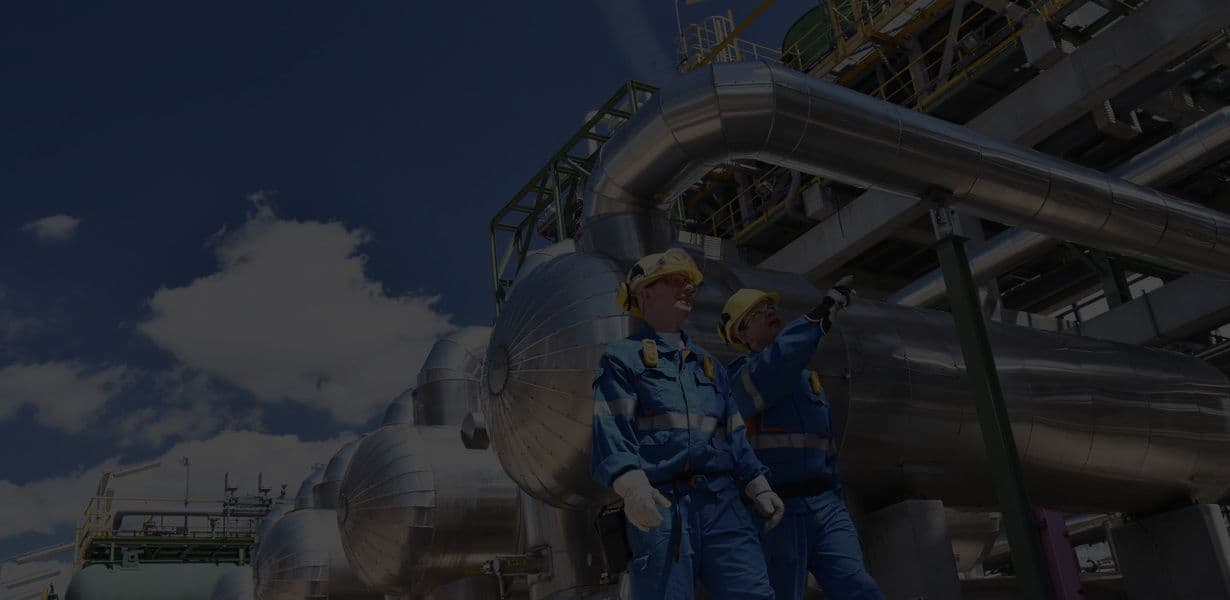
Énergie

Pourquoi la 3D en temps réel ?
La technologie 3D en temps réel de Unity accélère la transformation des jumeaux numériques en :
- Connecter des systèmes disparates pour permettre la visualisation des données et l'interaction entre chaque équipe
- Maximiser la performance des actifs grâce à la maintenance prédictive
- Améliorer la productivité et la sécurité en aidant les travailleurs à distance à collaborer n'importe où, n'importe quand
Solutions Unity pour l'énergie
Jumeau opérationnel
Connecter des données disparates, telles que les systèmes de gestion des actifs et les données IoT en temps réel ou historiques, pour permettre une meilleure prise de décision et renforcer la conscience contextuelle de vos opérations.
Ingénierie intelligente
Simplifiez les processus de conception des installations grâce à des actifs 3D en temps réel intégrés à des schémas intelligents de processus et d'instrumentation (P&ID). Donnez aux utilisateurs finaux la possibilité de configurer des plans d'installations précis en temps réel.
Maintenance prédictive
Améliorez considérablement la sécurité de vos travailleurs et réduisez les arrêts non planifiés en intégrant des données historiques, en temps réel et prévisionnelles pour favoriser la maintenance prédictive dans vos installations énergétiques.
Travailleurs connectés et collaboration
Tirez parti des mêmes actifs qui alimentent votre jumeau numérique pour connecter les travailleurs à distance pour une meilleure collaboration et garantir que des informations pertinentes et opportunes sont fournies aux utilisateurs finaux.
Formation
Mettez en place des scénarios pour apprendre aux travailleurs sur le terrain comment réaliser une tâche donnée et/ou réduire les risques d'incident de sécurité et savoir y réagir.
Performances environnementales et opérationnelles
Évaluez la production réelle (eau, déchets, émissions de carbone, etc.) ainsi que la performance de vos actifs pour mieux comprendre comment vous suivez vos objectifs environnementaux, sociaux et de gouvernance (ESG). Cette analyse vous permettra d'identifier les éventuels changements opérationnels nécessaires.

Découvrez Unity Industry
Unity Industry est une suite de produits et services permettant aux développeurs de créer des expériences 3D en temps réel personnalisées pour la réalité augmentée, la réalité virtuelle, les appareils mobiles, les ordinateurs de bureau et le web. Cette solution est adaptée à tous les secteurs d'activité, tels que l'automobile, l'énergie, la fabrication, la vente au détail, l'ingénierie, etc. Tirez parti de la puissance des données 3D et CAO pour créer, étendre et valider votre vision.

Unity Asset Transformer
Les produits Unity Asset Transformer permettent des flux de travail de données 3D optimisés :
- Optimiser des modèles 3D complexes
- Automatiser le traitement des données 3D, CAD, BIM et des pipelines de nuages de points
- Permettre une révision collaborative instantanée

Jumeau numérique d'une installation
Découvrez ce que les jumeaux numériques alimentés par la 3D en temps réel peuvent accomplir. Jetez un coup d'œil à cette démo réalisée avec Unity :
- Découvrez les objets sur le site
- Consultez les alertes de maintenance et les actions suggérées
- Accédez aux données historiques du site, aux graphiques et à la documentation

Économie à faible émission de carbone via le 3D en temps réel
Découvrez différents cas d'utilisation pour les solutions de jumeaux numériques, ainsi que les conseils d'experts pour vous aider à démarrer dans le métavers industriel.

Explorez les possibilités offertes par la 3D en temps réel pour intégrer vos données, optimiser vos opérations et contribuer à un monde plus propre.